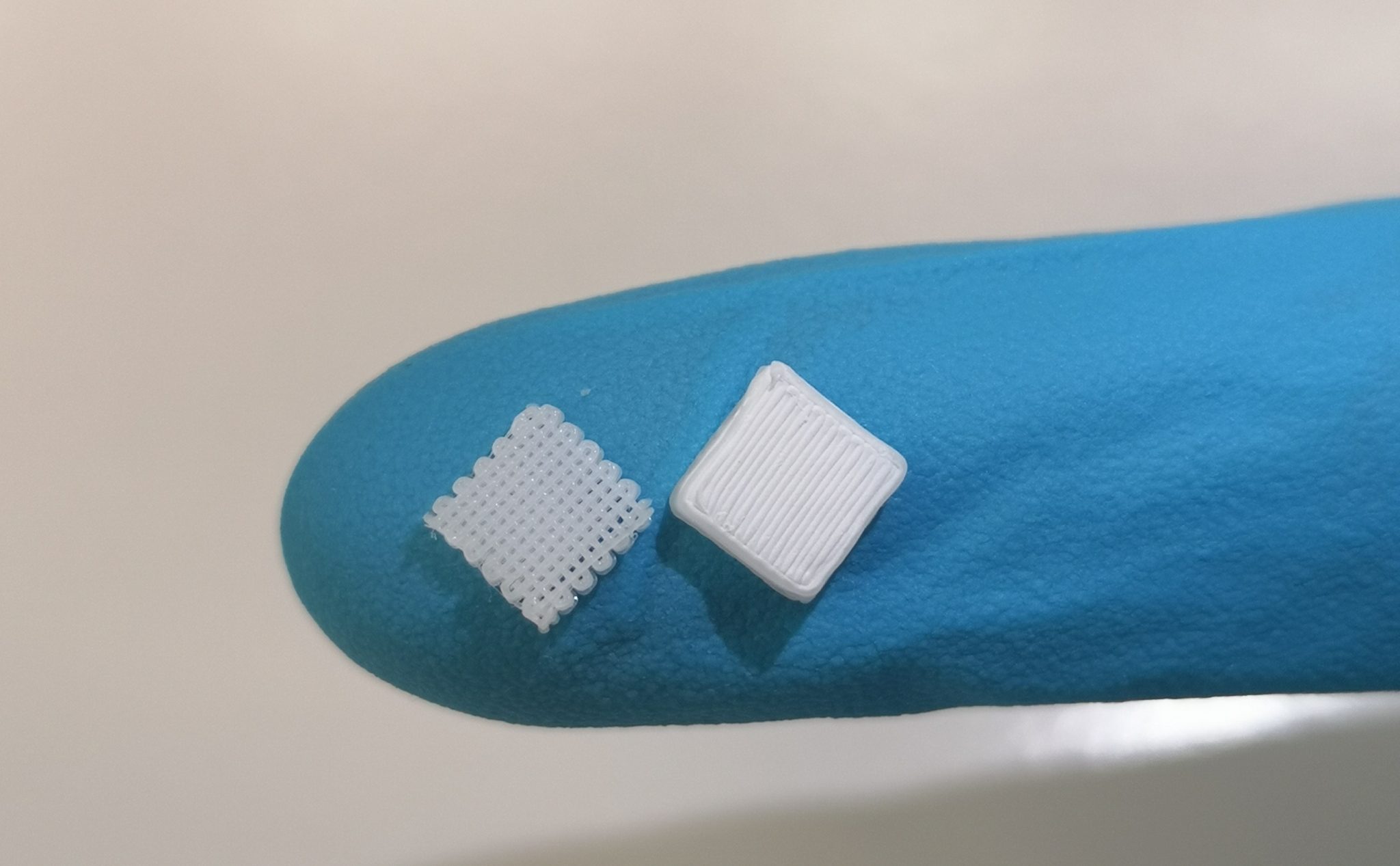Since the Japanese scientist Hideo Kodama published the pioneering papers on “rapid prototyping” back in 1980, 3D printing has become commonplace and has found its way into many areas of life.
.
Formula 1 teams, for one thing, use this technology to fabricate parts for their racing cars. In prosthetics, it is hard to imagine life without 3D printing. Or even in the manufacture of everything from appliances to automobile and aircraft parts. Usually, however, 3D printing only uses materials that are turned into liquid by extreme heat, e.g. plastic, metal, or ceramics. These then solidify again after being printed. As a rule, the liquefied parts are usually added afterward. This is both time-consuming and expensive.
.
However, chemists at the Martin Luther University Halle-Wittenberg (MLU) in Germany have now developed a method for integrating liquids into the materials directly into the printing process. Combination of 3D and conventional printing methods “The future lies in more complex methods that combine several production steps,” says Prof. Dr. Wolfgang Binder from MLU’s Institute of Chemistry. “That is why we were looking for a way to integrate liquids directly into the material during the printing process.” To do this, scientists use […]
Click here to view original web page at innovationorigins.com




0 Comments